当前位置:网站首页>The difference between TS Gymnastics (cross operation) and interface inheritance
The difference between TS Gymnastics (cross operation) and interface inheritance
2022-07-06 07:29:00 【Jioho_】
TS Artistic Gymnastics &( Crossover operation ) and The difference between interface inheritance
Cross type and Interface inheritance is merged 2 The role of objects , However, there are still many things to pay attention to in actual use
& Cross type
& Also known as Cross type (Intersection types), Through the first demo Get to know
type Todo1 = {
name: string
}
type Todo2 = {
description: string
}
type Todo = Todo1 & Todo2
In the above demo in
Type derivation display :type Todo = Todo1 & Todo2
The actual effect :type Todo = { name:string; description: string }
situation 2
type NumberAndString = string & number // never
type Todo1 = {
id: string
title: string
do(title: string, status: boolean): void
fn(): void
}
type Todo2 = {
id: number
title: string | number
do(title: string, id: number, status: boolean): void
fn(): void
}
type Todo = Todo1 & Todo2
let todo: Todo = {
id: 'string', // Report errors Type 'string' is not assignable to type 'never'.
id: 1234, // Report errors Type 'number' is not assignable to type 'never'.
title: 'title' // Can only be merged into string type
do(title:string,status:boolean){
},
fn(){
}
}
NumberAndString The result of type derivation of is never, Because there is no value that is string again number Of .
and Todo The result of type derivation is the same ,id Equal to any value is wrong ( the reason being that never). about title Come on string & string | number When , In fact, or string
do Because it is a function type , Even if the parameters are different, they cannot be merged ( Errors will be reported when using ), and fn Because the functions are the same , Merge naturally
Come to a conclusion
- & The cross type is 2 Types of Combine . It is what both sides have that can be merged , Different ones will be excluded
- If you exclude the same thing in the end , Then it will change never type ( That is, the type does not exist )
- Built in type (string,number,boolean,unio Joint type ) You can use &
interface( Interface ) Inheritance
Interface inheritance and The biggest difference between cross types is
Cross type can be in Customize type、 The original type (string,number,boolean…) 、 Joint type (string | number)、 Even Interface Cross each other
Interface crossing also follows & The rules of , Like the one below demo,id Still cross for never type
interface ITodo {
id: string
title: string
do(title: string, status: boolean): void
fn(): void
}
interface ITodo2 = {
id: number
title: string | number
do(title: string, id: number, status: boolean): void
fn(): void
}
type Todo = ITodo & ITodo2
var todo: Todo = {
id: 1, // Report errors
title: '',
do() {
} // Report errors
fn(){
}
}
And inheritance You can only inherit the content of another interface from one interface
Interface inheritance , If you encounter the same key name but the value does not match , Then an error will be reported when inheriting , Instead of merging into never
Include the name of the method , Even if you want to rewrite it after inheriting , Parameters must also be consistent with those before inheritance
Use type Or use interface The ultimate problem
type and interface It's all about defining types , Constraint variables . And they all support expanding their own fields
In succession / Expand the level of fields
In everyday use ,type It can be used & Operator 2 individual type The merger of , There are “ Conflict ” The field of will Automatically Be merged into never ( In defining type I didn't feel that this field would never)
and inteface What we use is “ Inherit ”, In the course of inheritance , If there is a conflict , Then when defining the interface, you will immediately perceive
At the level of defining types
type You can easily combine basic types , Form a new type , such as
// Define a timestamp field , The timestamp may be a string , It can also be numbers
type TimeStamp = string | number | bigInt
var time: TimeStamp = new Date().getTime()
And the interface type , You must define a complete interface . Limitations for a single field ,type Is slightly better
Speaking of the end , It is estimated that there is no standard to specify what kind of situation should be used to define the type .
If the development content may be a base modular , Many places need to inherit this base Development , That recommendation interface. because This is very interface , And when others inherit the past, they add / You will know immediately when you modify the field , Oh , The original field base Module defines , If I change it like this, it will conflict
and type Types can also be defined , Personally, I think it's more about defining There is no need for external thing , perhaps Things that are not often inherited and modified
such as TS Artistic Gymnastics , The tool classes you see are basically type Defined , because type You can return {} Can also return to Single field . At most, when developing tool classes Cross reference , I haven't heard of hold Pick Tool class inherits and adds some functions In this case . type Used to define tool classes , Define a single field , It's very suitable , Defining objects also OK( The interface is not flexible when inheriting ) Each has its own characteristics
So choose type / interface, It still depends on the experience accumulated in business scenarios and code writing . When you write too much , You can see at a glance , This one uses xxx Is the most appropriate
Last
Sum it up
- & Character is used to merge 2 individual / Multiple types of “ intersection ”, When there is conflict in the intersection, it will Automatic conversion to never
- & Yes type and interface Can take effect , For this 2 All definitions can be merged
- extend You can only inherit the content of another interface from one interface
- extend When inheriting an interface, if it is of type “ intersection ” There are conflicts , Then you will be prompted when defining the interface ( Report errors ), Will not automatically convert to never
Since said to type and interface, Finally, I feel that thinking based on the above type combination can smoothly lead to what scenes are suitable for use type Or use it interface
When defining a single field / Define tool classes ( Do type gymnastics ) When type Very suitable
Definition base class / The module needs to provide external functions , Provide the interface / Modules will be inherited by other modules in the past when expanding ,interface Naturally, we should not let it go
边栏推荐
- Memory error during variable parameter overload
- Mise en œuvre du langage leecode - C - 15. Somme des trois chiffres - - - - - idées à améliorer
- Fundamentals of C language 9: Functions
- 变量的命名规则十二条
- TypeScript 可索引类型
- Ble of Jerry [chapter]
- 剪映的相关介绍
- Chrome view page FPS
- When the Jericho development board is powered on, you can open the NRF app with your mobile phone [article]
- JDBC学习笔记
猜你喜欢
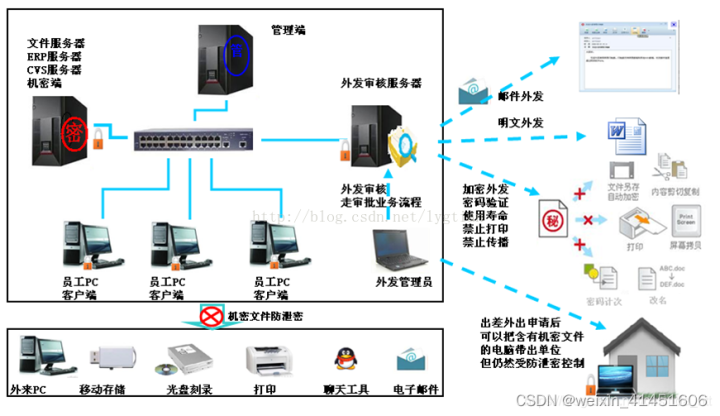
烧录场景下的源代码防泄密方案分享
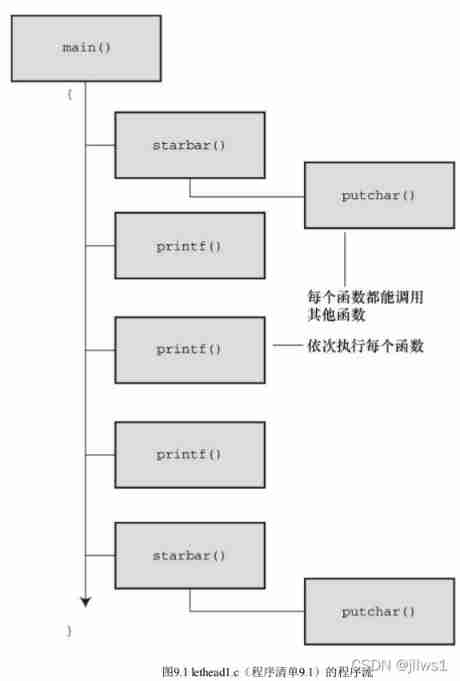
Fundamentals of C language 9: Functions

qt颜色与字符串、uint相互转换
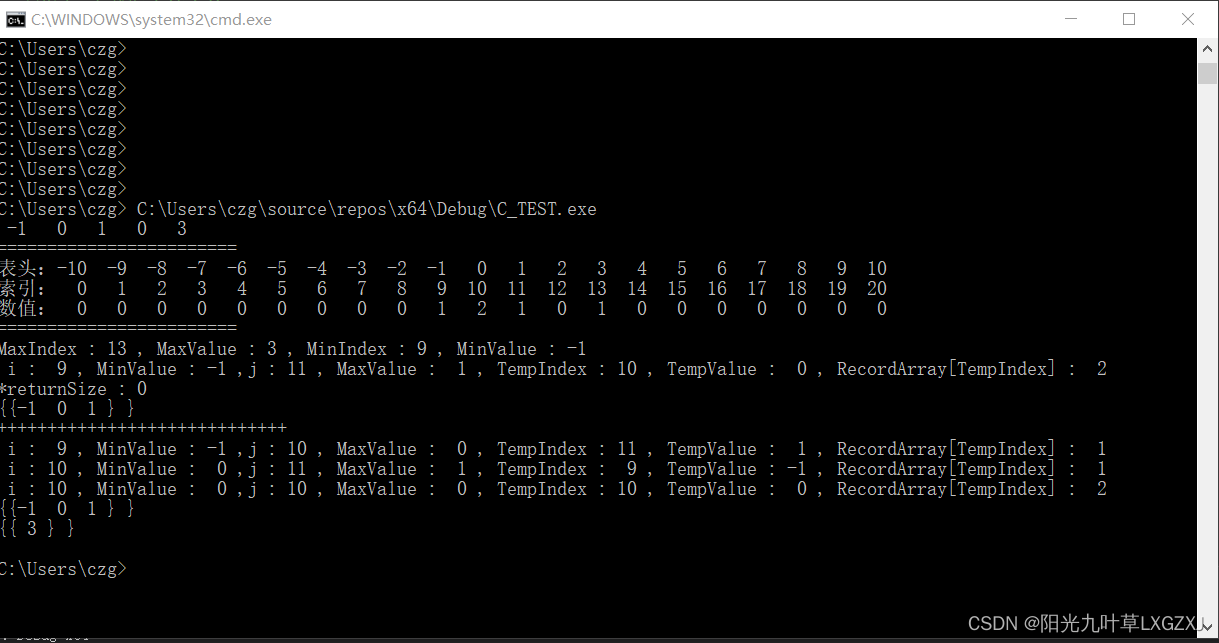
Mise en œuvre du langage leecode - C - 15. Somme des trois chiffres - - - - - idées à améliorer

leecode-C語言實現-15. 三數之和------思路待改進版
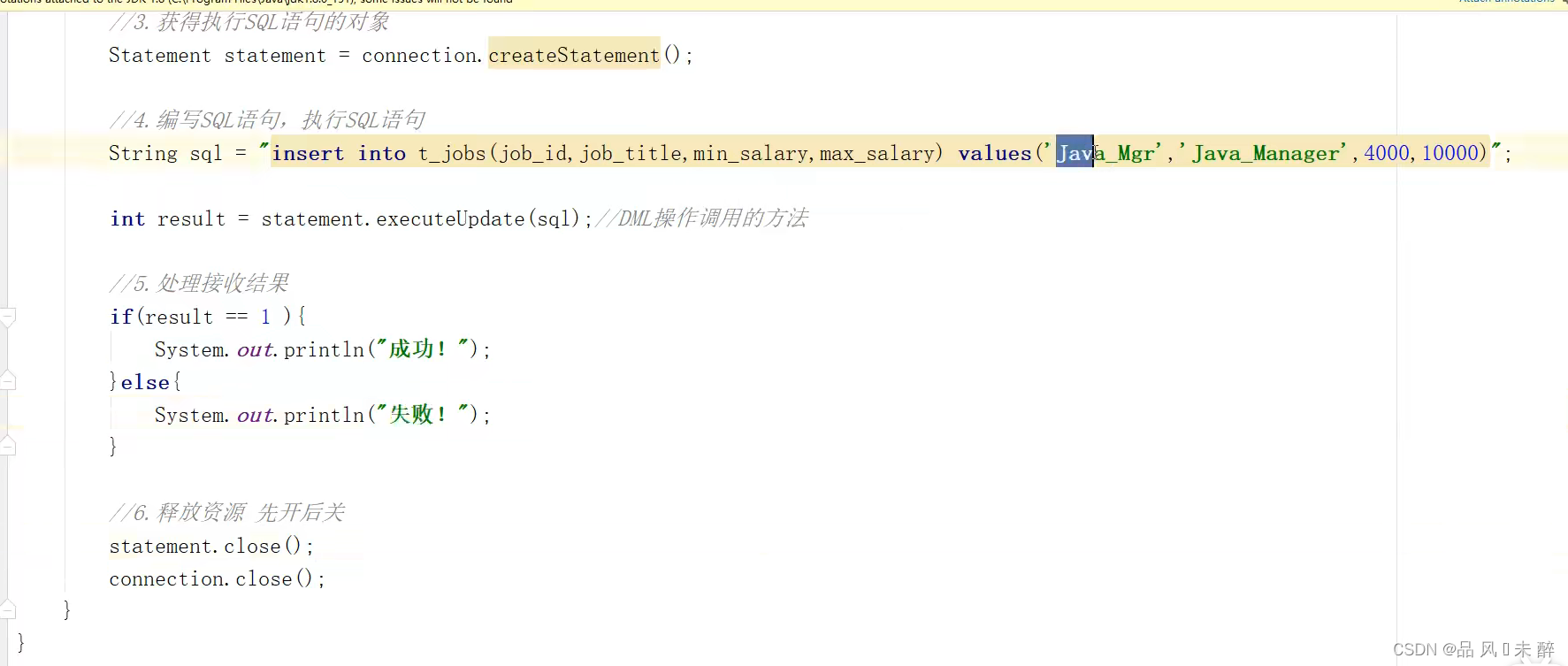
JDBC learning notes
![Jerry's ad series MIDI function description [chapter]](/img/28/e0f9b41db597ff3288af431c677001.png)
Jerry's ad series MIDI function description [chapter]
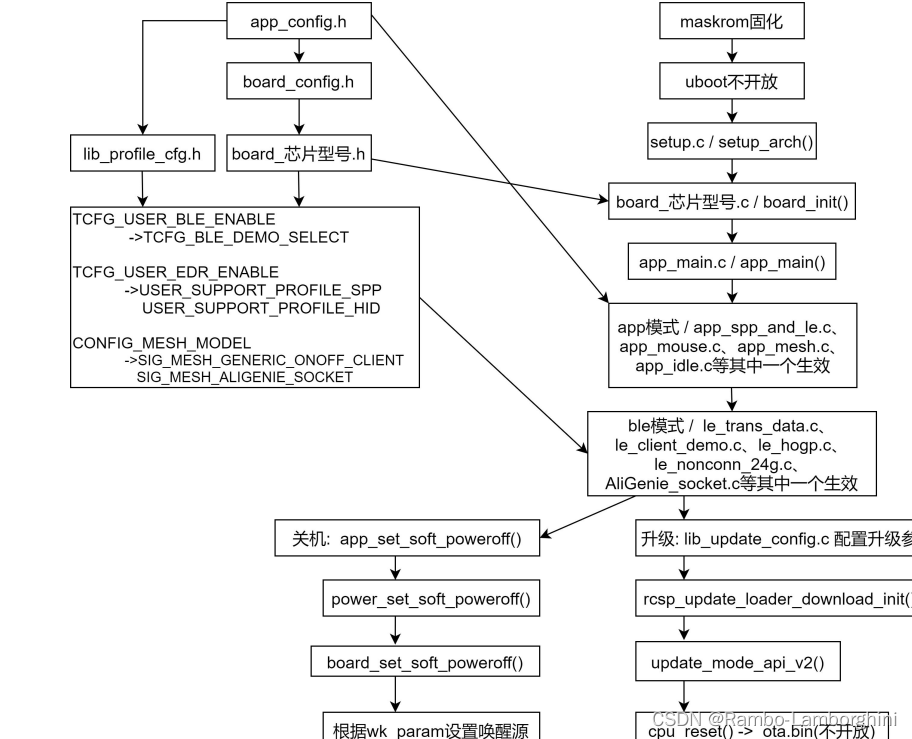
杰理之BLE【篇】
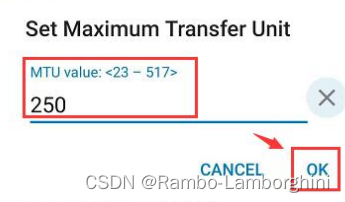
杰理之如若需要大包发送,需要手机端修改 MTU【篇】
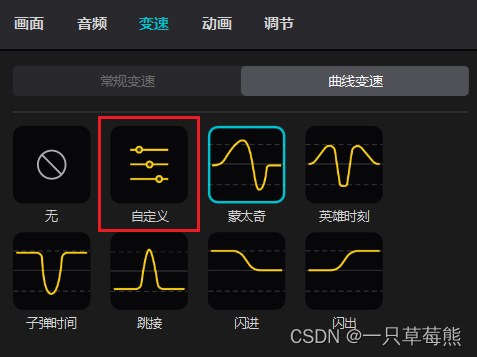
剪映的相关介绍
随机推荐
Seriously recommend several machine learning official account
If Jerry's Bluetooth device wants to send data to the mobile phone, the mobile phone needs to open the notify channel first [article]
How can word delete English only and keep Chinese or delete Chinese and keep English
Typescript void base type
Three treasures of leeks and Chinese men's football team
How MySQL merges data
Multithreading and concurrent programming (2)
The way to learn go (II) basic types, variables and constants
[dictionary tree] [trie] p3879 [tjoi2010] reading comprehension
Simple and understandable high-precision addition in C language
Sharing of source code anti disclosure scheme under burning scenario
Ble of Jerry [chapter]
Excel的相关操作
[MySQL learning notes 29] trigger
杰理之BLE【篇】
GET/POST/PUT/PATCH/DELETE含义
When the Jericho development board is powered on, you can open the NRF app with your mobile phone [article]
Bugku CTF daily question: do you want seeds? Blackmailed
Force buckle day31
【线上问题处理】因代码造成mysql表死锁的问题,如何杀掉对应的进程